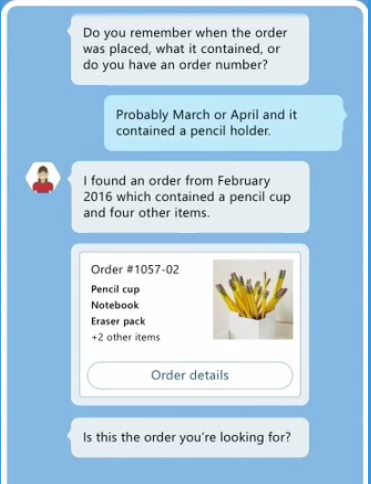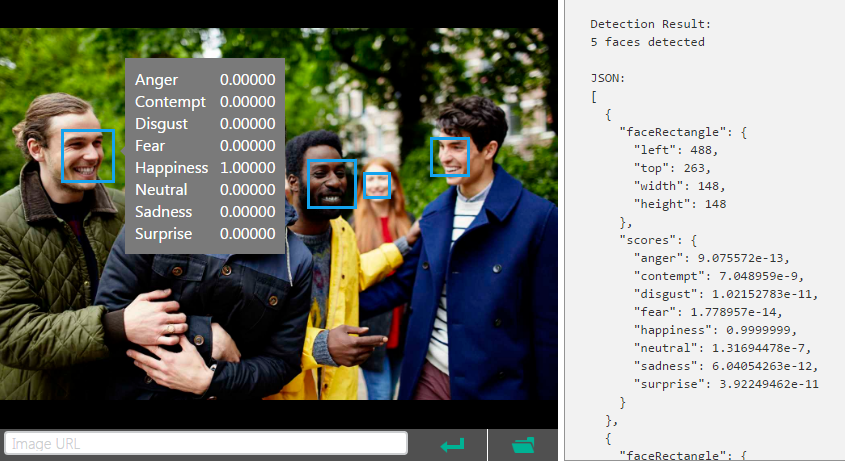Microsoft is expanding the Azure features and functionalities constantly, two of the key aspects related to the new Azure features are related to enhancing end-user interaction and facilitate the work in the DevOps world. Azure now has the “Bot-as-a-Service” available where customers can use these automated text-based exchanges systems with their own customers.

The serverless environment that Microsoft is offering it is basically the same idea of a PaaS environment, where you pay only for the resources that you use. Instead of paying for a virtual machine with a dedicated compute, memory and storage assignment, you just pay for the operations associated to the service.
Facebook was one of the pioneer platform in this initiative to start offering support and guidance for developers that want to create automated bots for Facebook Messenger. With that feature available, the largest social network available offers companies and brands the possibility to include these systems for their customers, in order to obtain rapid responses in social media.
Azure’s Bot-as-a-Service is currently available to support several platforms: Slack, Facebook Messenger, Skype, Teams, Web chat, Email, GroupMe, Kik, Telegram, text/SMS and Twilio (Google services are not included for obvious reasons). This service is not restricted to only use the platforms above, Microsoft created this service using Microsoft Bot Framework, which we can interact using REST APIs.
With this support from Azure’s Bot-as-a-Service, customers can easily start offering the service to their customers rapidly and at a low cost (especially if we are considering the development costs for building and maintaining a similar platform). Pricing for this service is related to the consumption and operations executed, details can be found here: Azure Bot Service Pricing.
The extensibility capabilities are indeed very rich, only to mention the possibilities that can be achieved using Microsoft Cognitive Services are tremendous. Where you can use your bots to see, hear, interpret and interact with end-users without, again, requiring much of development or customizations.
The example shown in Microsoft Cognitive Services is one of the most common ones: face recognition. The feature is enabled with only 92 lines of code in JSON.



